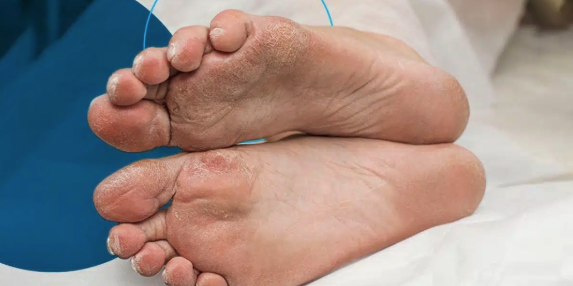A sports injury can range from minor strains to severe ligament tears, each requiring targeted rehabilitation to facilitate a full recovery. Proper rehabilitation not only restores strength, flexibility, and function but also helps prevent future injuries. Understanding effective strategies for managing a sports injury empowers athletes to return to peak performance safely.
Common Sports Injuries
Sports injuries can be categorized into two main types: acute and chronic. An acute sports injury happens suddenly during activity, such as ankle sprains, muscle strains, and torn ligaments. These athletic injuries often result from collisions, falls, or sudden movements that stress tissues beyond their limits.
A chronic injury develops gradually over time through repetitive stress. Tennis elbow, runner’s knee, and stress fractures are common examples of overuse injuries. These training injuries often stem from poor technique, inadequate rest, or sudden increases in activity intensity. Different body parts face varying injury risks depending on the sport.
Immediate Care and Early Rehabilitation
The RICE method forms the foundation of early sports injury management. Rest means stopping the activity that caused the injury and avoiding movements that increase pain. Applying ice for some minutes every few hours can help reduce swelling and numb pain.
Compression with an elastic bandage provides support and limits swelling, but the wrap should not be too tight. Elevation of the injured area above heart level, when possible, helps fluid drain away from the injury site. This combination approach minimizes tissue damage and creates optimal conditions for healing.
Pain management during early rehabilitation often involves over-the-counter medications. These medications reduce inflammation and discomfort, making it easier to begin gentle movement exercises. Athletes should consult healthcare providers before taking any medication regularly.
Progressive Rehabilitation Techniques
Physical therapy begins once the initial pain and swelling have decreased. Early exercises focus on restoring the range of motion through gentle stretching and movement patterns. These activities prevent stiffness and maintain joint mobility while tissues heal.
Strengthening exercises start with light resistance and gradually increase in intensity. Resistance bands, light weights, and bodyweight exercises help rebuild muscle strength around the injured area. The progression must be gradual to avoid re-injury while challenging the healing tissues appropriately.
Functional training is the final phase of rehabilitation. These exercises mimic sport-specific movements and prepare athletes for return to competition. Balance and coordination training play a key role in preventing future athletic injuries.
Long-Term Injury Prevention Strategies
Proper warm-up routines can significantly reduce the risk of training injuries. Dynamic stretching, light cardio, and sport-specific movements prepare muscles and joints for intense activity. Cold muscles and stiff joints are more vulnerable to injury than properly prepared tissues.
Strength training programs that target all major muscle groups promote balanced development and increased resistance to injury. Athletes who neglect certain muscle groups often develop imbalances, which can lead to compensation patterns and eventually result in injury. Full-body conditioning programs address these weaknesses systematically. Recovery time between training sessions allows tissues to repair and adapt to stress. Sleep, nutrition, and active recovery activities support the body’s natural healing processes.
Get Expert Sports Injury Care Today
Effective sports injury rehabilitation requires a systematic approach that addresses immediate care, progressive strengthening, and long-term prevention. Athletes who follow structured recovery programs often return to their sport with reduced injury risk and improved performance. Contact a sports medicine specialist or trusted healthcare provider today to develop a personalized rehabilitation plan that gets you back in the game safely and effectively.
- crypto30x com zeus Review: Is It the Best Platform for U.S. Crypto Traders in 2025?
- Super Scatter Juara100.org Medal: The Ultimate Guide to Winning Big in Online Gaming
- Ziuqyazhmizz: Ancient Slavic Practice Explained – Meaning, Benefits & Daily Life Guide
- Zaxtexporoz: A Simple Guide to Xcer Tools, Digital Trends, and Smart Solutions
- Casîo: A Symbol of Innovation, Durability, and Global Trust




